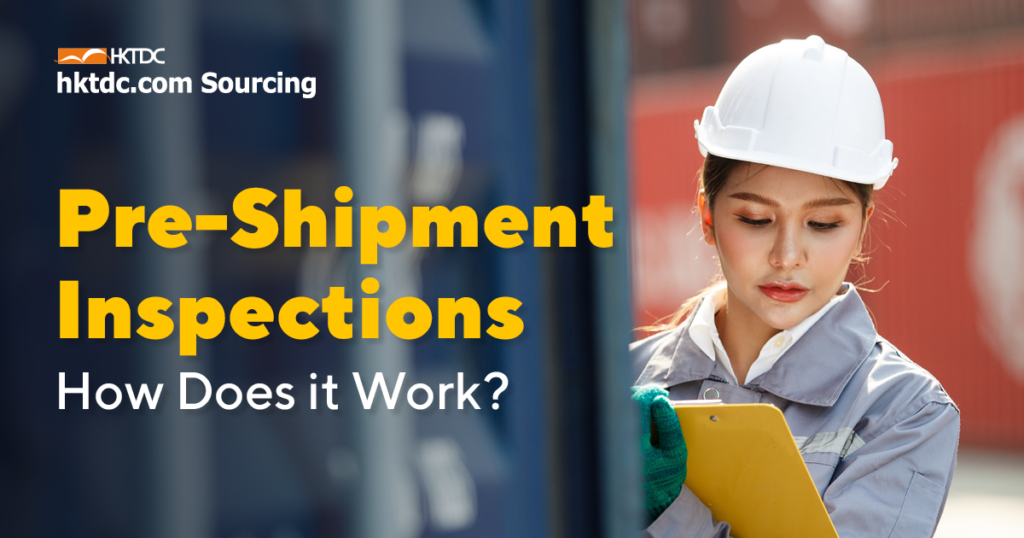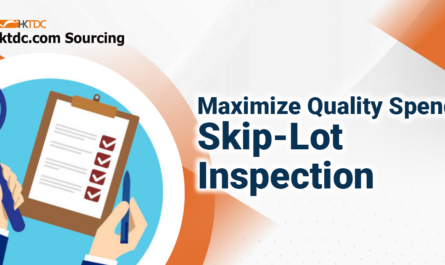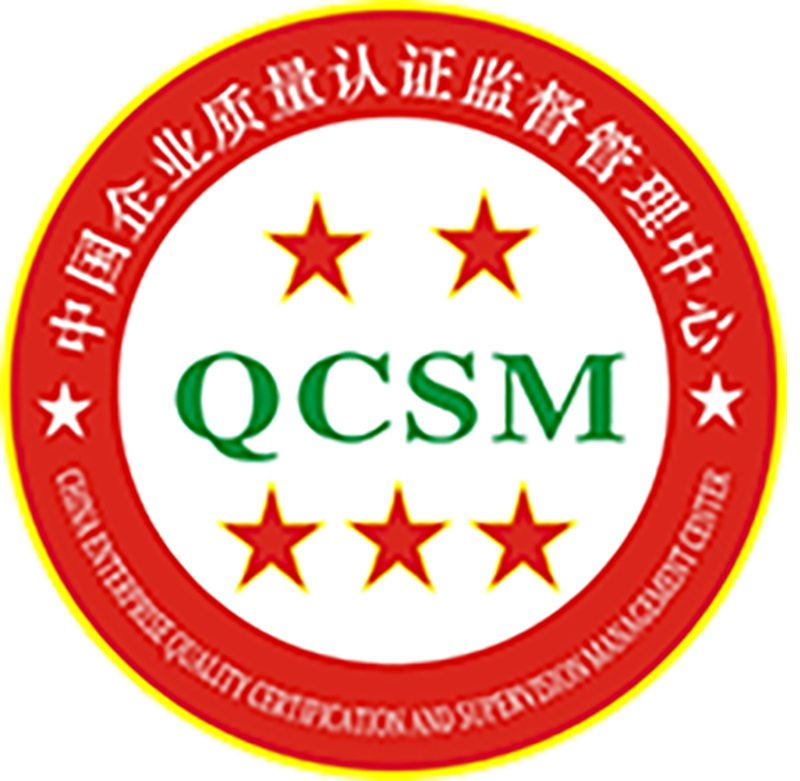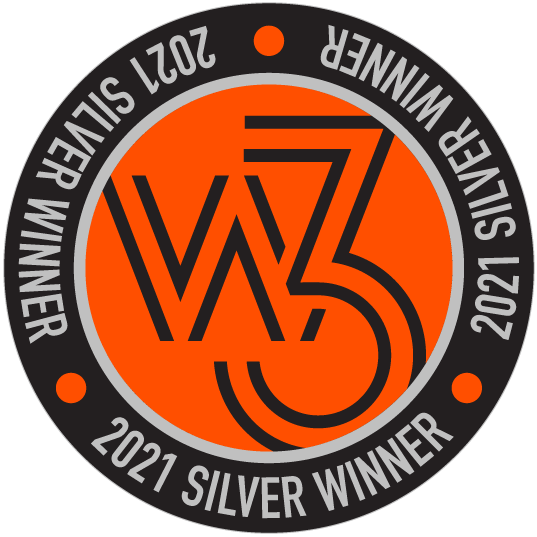Ensuring product quality is paramount when sourcing products from emerging markets like China, Vietnam, or Turkey. Pre-shipment inspections, a proven quality control procedure, help you achieve good quality and instill confidence in your import process.
With a pre-shipment inspection, which allows you to verify the quality of your products before they are shipped overseas, provides you with peace of mind. Here’s how it works!
Pre-Shipment Inspection - The Basics
A Pre-Shipment Inspection (PSI) is a quality control procedure conducted on-site at the manufacturing facility. An inspector arrives before the goods are loaded into a container and shipped to a warehouse or distribution center.
The inspector runs through a comprehensive pre-shipment inspection checklist, which is prepared in advance. This checklist covers:
- packaging and labeling visual inspection
- functional testing
- physical requirements
- special testing
- barcode verification
- carton drop testing
Learn More:
Who Conducts the Pre-Shipment Inspection?
Some importers have their own full-time quality control inspectors based near the manufacturer. However, companies without these resources tend to hire a third party inspection company to conduct the exercise.

Pre-Shipment Inspection Steps
#1 – Arriving at the Factory
The inspection process begins when the inspector arrives at the factory that produced your goods. Upon arrival, s/he promptly meets with the sales manager to kickstart the inspection process.
#2 – Pulling the Sample
Using AQL Sampling, an internationally recognized statistical sampling method, the inspector determines the quantity for examination. S/he also sets aside items for special testing.
#3 – Special Testing
Based on their functionality or distinctive features, certain products such as electronic gadgets may involve a full-hour charging test to check its charging capability.
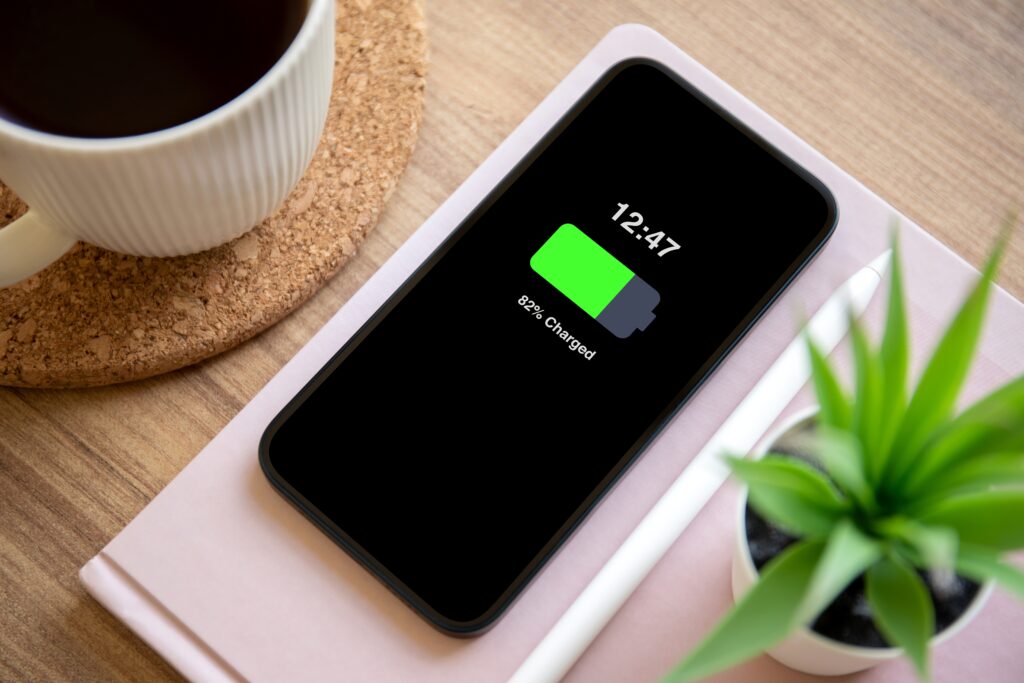
#4 – Packaging and Label Verification
At this stage, the inspector meticulously checks the packaging and labeling to safeguard against potential problems during transit. Mis-labeling can lead to regulatory issues and delays. The inspector checks carton size, weight, markings, item count per carton, and sealing methods.
#5 – Visual Product Inspection
Subsequently, the inspector conducts a visual examination of the chosen samples, scrutinizing for evident defects like missing screws or paint imperfections while assessing overall workmanship. Defects are categorized as minor, major, or critical, aligning with predetermined tolerance levels established before the inspection.
#6 – Functional Testing
This phase entails using the product in practice to verify its functionality. For example, an inspector might assess stability when inspecting a dining table by checking for wobbling or rocking legs.
#7 – Check Physical Requirements
Inspectors verify adherence to specified product dimensions, including height, weight, and length, as outlined in your order requirements using tools like tape measures and calipers.

#8 – Barcode Verification
Ensuring barcode accuracy is crucial to preventing shipping delays and complications. Inspectors verify that barcodes are accurately placed on boxes, legible when scanned, and contain correct product and destination information. Additionally, they assess print quality to ensure resilience during international shipping and handling.
#9 – Carton Drop Testing
Conducting a carton drop test determines packaging resilience against dropping, piling, tearing, or rupturing during shipment. Typically following globally recognized protocols like ISTA 1A, inspectors determine the appropriate drop height to gauge packaging strength effectively.
#10 – Report Compilation and Dispatch
After completing the preceding steps, the inspection company compiles a comprehensive report detailing all conducted tests and their outcomes, with accompanying photographs of defects or areas of concern. This report assigns a pass, fail, or hold status to the shipment, empowering you to make informed decisions regarding acceptance or rejection. Furthermore, it serves as a guide for determining subsequent actions, including potential rework requests for a portion of the products from the factory.
Product quality guaranteed at hktdc.com Sourcing! Check out diverse product categories that passed pre-shipment inspections, among other product tests, to reach your customers’ doors in their best shape and quality!
Click through below banner to kickstart your sourcing now:
Let us know if you have high quality products to promote:
This article was originally published on the Insight Quality Services website.

Andy Church - Founder & CEO of Insight Quality Services
Andy Church has over 20 years of experience in product quality and founded his company in 2014. Insight Quality provides product inspections, factory audits, lab testing, and other services in 17 countries worldwide.


